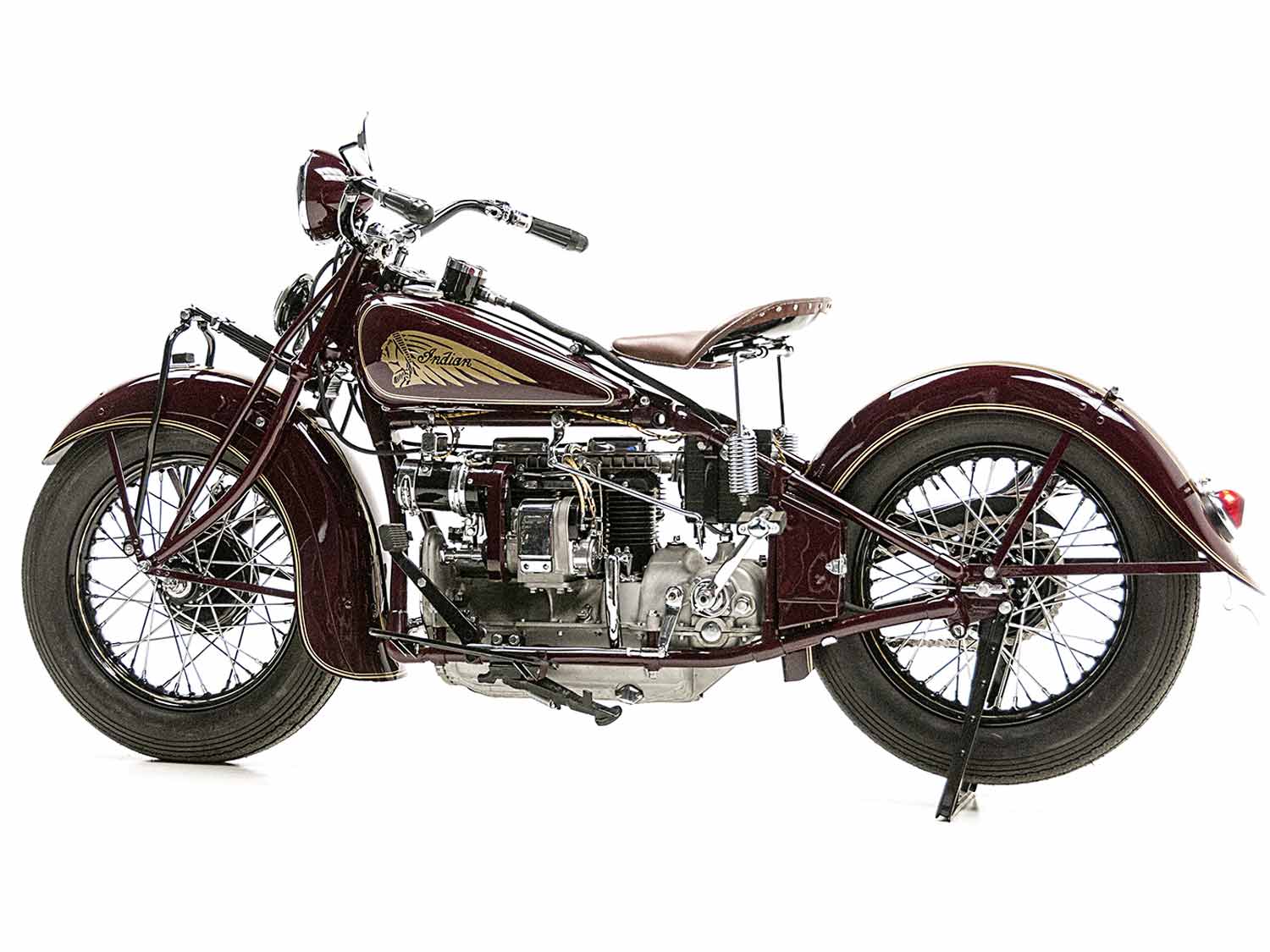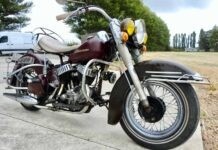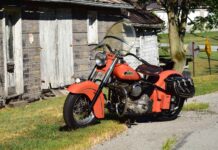Old motorcycles are cool. Maybe because they aren’t “making ’em like that anymore.” Could be because they represent the history of the single-track machine or the companies that made them. Some are a technological road map of where we were and where we can go. The good ones are proper heirlooms, like grandpa’s pocket watch, to be handed down from generation to generation. There’s plenty of reasons to be attracted to obsolete crocks.
Old motorcycles are funky. They take a level of involvement that makes owning one a two-way relationship. You need to learn their quirks and qualities: kickstarters, magnetos, drum brakes, a long list of features and designs you might never have been involved with before. They intrigue and entice, frustrate and fascinate.
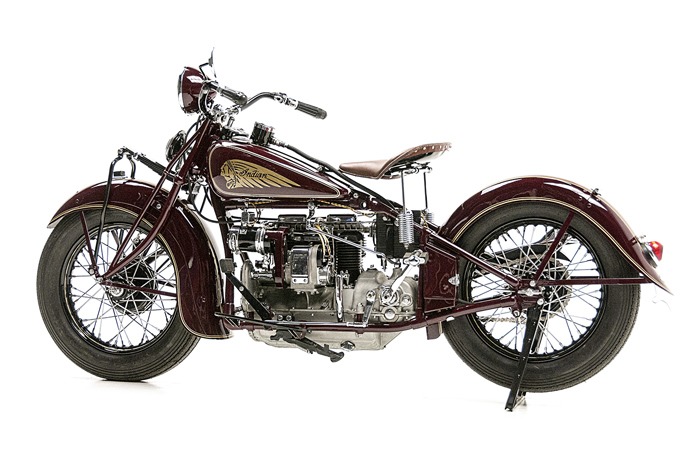
Old motorcycles are hot. Prices for many have gotten higher than you might ever believe, particularly if you’re old enough to remember what they cost in dealer showrooms when new. Price and value are two different things, so there’s hope that good deals can still be made. Hope that surprising discoveries in old sheds are still out there. Hope that the one you want can be had at any price.
Old motorcycles are for the preservationist. The days will come and go for the speculators, the profiteers, and the profligates. The preservationists will go on because they got us here in the first place. They do it for love and because it’s the right thing to do. Try to be a preservationist, or at least think like one.
Should you be fortunate enough to get custody of a loveable old crock, you will need to decide several things based on several other things. Is it rare? Scarce? Unusual? How about skill levels? Can you ride it? Can you repair and maintain the thing? Do you want to make it a glorious stationary piece of art? Do you want to ride it? Pass it on? Keep it forever? Something in between? Well, there are guidelines and categories to help with these decisions.

Original
Original classic motorcycles are extremely rare. A true original is a machine that has been maintained both aesthetically and mechanically without the replacement of any parts or pieces. The repairs that have occurred are few and far between, and whenever possible, parts needing maintenance have been fixed rather than replaced. The older and rarer, the harder it is to find them. This is the unicorn category, mostly the 1% for the 1%. The cliche is true: an old motorcycle can be restored over and over but can only be original once. The purest form, and rarest, is a machine still in its factory crate.
Restored
Restored motorcycles have been refurbished to their factory specifications using original factory parts. “New old stock,” “new original stock,” or NOS are parts that are old but have never been sold at retail. While many of these parts can be located, the cost, time involved to find them, and availability of some parts make it a daunting task. Therefore, many machines are restored using new parts, ”repro” or “repop,” that have been manufactured to the original specs.
For a “restored” project, the end goal is to repair and refurbish the machine so that it looks and operates the same as the day it rolled off the assembly line. Everybody knows about that “100-point” classic. The thing is, they all start out with 100 points, and it’s downhill from there. Add the adjectives partially or mostly or nearly, and you can more fully understand levels of restoration. It’s easy to restore to some degree, but it’s a bitch to avoid over-restoring if you go all the way.
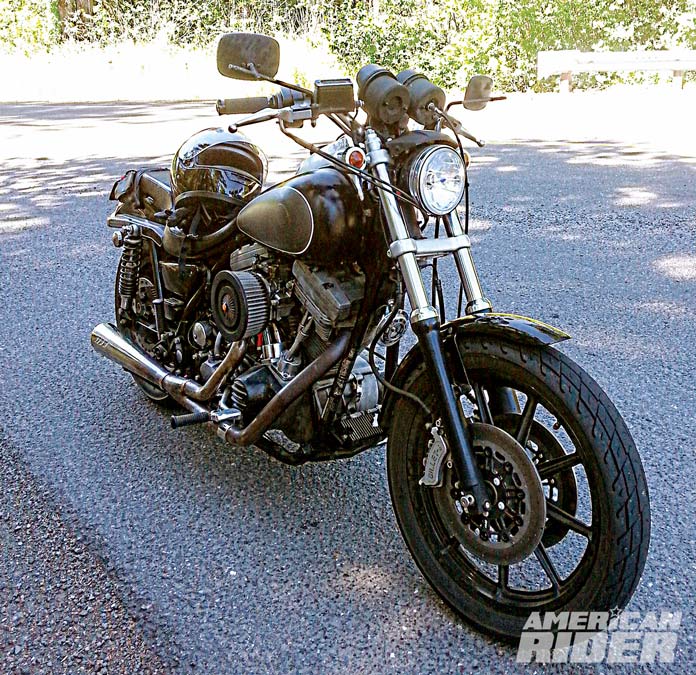
Restomod
A restomod is a classic bike that has been modified with modern parts and technology. When an owner decides to modify their vintage bike, it’s usually to upgrade ignitions, carbs, brakes, and other function-improving systems. Furthermore, many owners will upgrade the engines to enhance performance. Regardless of what features are changed or added, the ultimate goal is to modify the classic without significantly altering its overall appearance.
Related: Restomod Sportsters: Flat-Tracker Tributes to Dad
A restomod is created to ride. Okay, you can ride any old bike, but if it’s one of only a handful that survive, you won’t – much. The beauty of the restomod is that, properly done, it winds up being unique. You can still take it out on weekends or commute on warm inviting days. Not a good idea for a motorcycle rarity, entombed in a private collection or a museum. However, the ideal restomod is not a blatant custom either. The ideal is a stealthy, tasteful modernization for today. A Q-ship concept that can surprise others and delight you.
This common sense approach to extending the working life of an oldie but a goodie means making it more reliable and effective. Swapping old parts for modern ones, replacing points and automatic advance units with solid-state ignitions, updates to brakes, and much more is exemplified by the Norton Commando. As recreated by specialty outfits like Colorado Norton Works, these Brit classics can be given a new lease on 21st-century life.
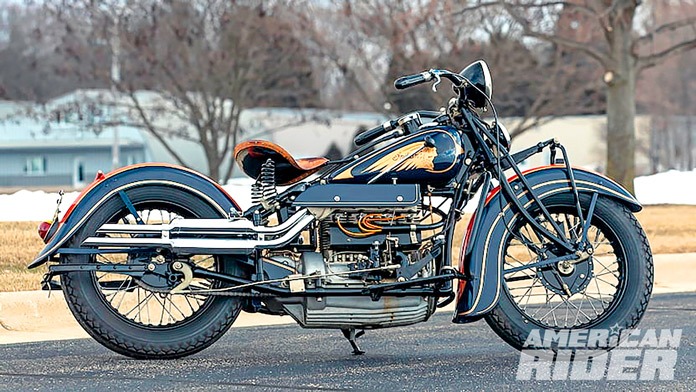
There are similar things that can be done for other brands and models. Often by the owner, which is usually more satisfying in the end. They require a supply of knowledge, enthusiasm, and, mostly, a source of parts. For old British Twins, Harleys, Yamaha 650 Twins, Honda single-cam Fours and Twins, and other plentiful examples, this isn’t a problem. For more obscure brands, parts might need to be made or adapted. But that’s just part of the fun.
The best part – the payoff – comes when you park the end result somewhere rather public and the crowd starts to gather, ask questions, and offer admiring glances. You got it right if those who don’t know want to learn, and those who do know are inspired. Another preservation of another classic motorcycle from the past, for now and for the future.


